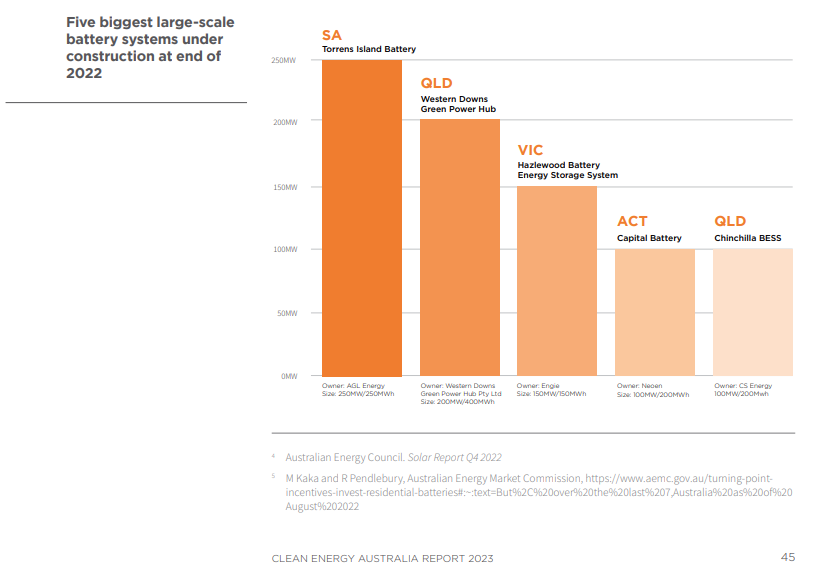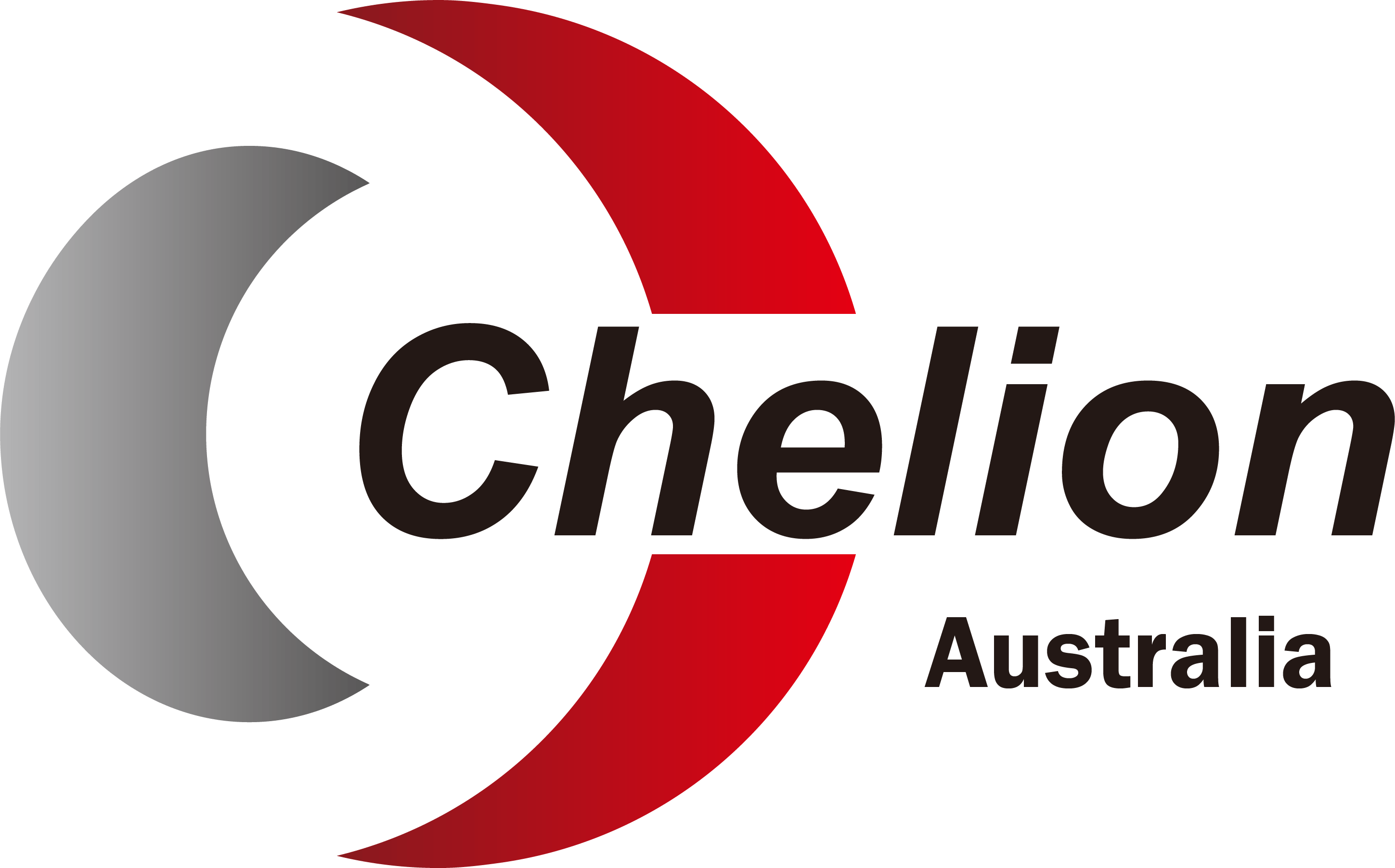Australia has broken new ground in renewable energy with the latest Clean Energy Australia Report revealing that 310,000 new rooftop solar systems, accounting for 2.7 GW of clean energy generation capacity, were added to the grid in 2022.
This is almost the same capacity as the Coal-fired Eraring Power Station in New South Wales. Rooftop solar now accounts for more than a quarter, or 25.8 per cent, of total Australian renewable energy generation.
The Clean Energy Council Chief Executive, Kane Thornton, noted that ‘rooftop solar is playing a massive role in decarbonizing the Australian energy grid and putting the country on track to achieve its target of 82 per cent renewable energy by 2030.’ He added that while much of the political and big policy debates are taking place for other renewable energy industries, ‘rooftop solar has been doing and continues to do a lot of the heavy lifting.’
The average size of a solar system continued to increase year-on-year, rising from 8.79 kW in 2021 to 8.84 kW in 2022. Additionally, estimates suggest over 50,000 household battery systems were installed in 2022, up from 34,731 in 2021. Rooftop solar is playing a pivotal role in reducing pressure on the energy grid during summer peaks and keeping local economies moving.
Australia has positioned itself as a global leader in solar power with rooftop solar being the foundation of the country’s renewable energy success. The challenge now is to maintain the pace of solar installations right through to 2030.
Low-cost renewable power and energy storage will ultimately ease cost-of-living pressures and help set up Australia for a more prosperous future with greater energy security.
In conclusion, the Clean Energy Australia Report highlights the significant contribution that rooftop solar is making to Australia’s renewable energy generation. The report reveals that the industry is resilient and continuing to grow, with rooftop solar installations and battery storage systems increasing year-on-year. Rooftop solar is paving the way for Australia to achieve its renewable energy targets and to become a global leader in renewable energy.
Key Takeaways:
SMALL-SCALE RENEWABLE ENERGY
In 2022, despite a slower growth rate compared to the previous year, rooftop solar in Australia provided over a quarter (25.8%) of total renewable generation for the first time. The number of new rooftop solar installations and total capacity added were both down from 2021 due to factors like rising prices, unfavorable weather, and supply chain issues.
However, rooftop solar still surpassed large-scale projects in terms of capacity added. The household battery segment continued to grow, but only a small percentage of solar PV households have a battery system installed.
The Clean Energy Council’s Approved Solar Retailer program saw an increase in participating companies, and the newly launched New Energy Tech Consumer Code aims to expand clean energy generation and consumer protections beyond just solar and storage.

LARGE-SCALE RENEWABLE ENERGY
The large-scale renewable energy industry in Australia added 2,257 MW of new capacity across 20 completed projects, which is lower than in 2021 when 27 projects contributed 2,955 MW of renewable capacity.
Wind was the leading source of new large-scale clean energy generation capacity, followed closely by solar.
Despite a dip in battery storage, the outlook for battery storage is positive due to more supportive policies and expected cost reductions.
Hydropower generation increased for the third year in a row, and there are plans for new pumped hydro projects. With new supportive policies and investments, the industry is expected to see growth in the coming years.

Battery Storage

Australia has various large-scale battery energy storage system (BESS) projects, including the Melbourne Renewable Energy Hub, the largest in the Asia-Pacific with a 1200 MW capacity.
Nineteen large-scale batteries with 1380 MW of combined capacity were under construction at the end of 2022, compared to 30 in 2021.
The government’s $176m funding injection is expected to stabilize and balance the grid, thereby picking up the development of the large-scale battery storage sector.
Household battery installations have also grown, with around 50,000 systems installed in 2022, up from 34,731 in 2021. However, only about 1.6% of households with rooftop solar PV have installed batteries. We here at Chelion continue to lead the charge in the uptake of cost-effective Residential Battery Systems.

